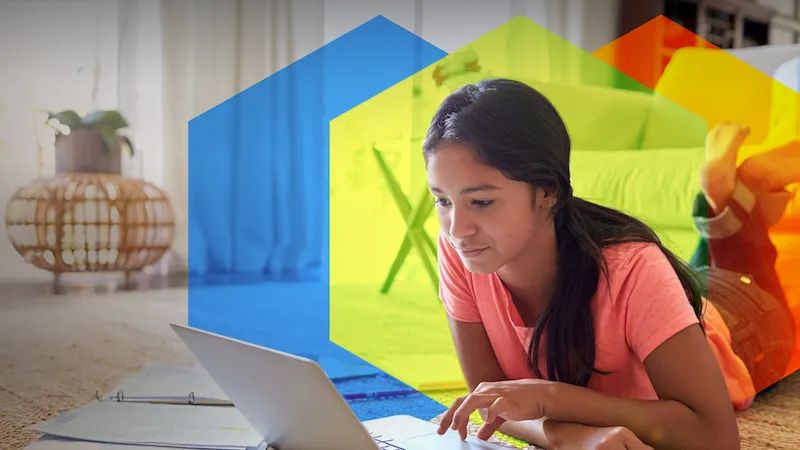5 Tips to Support English Learners During Distance Learning and Beyond


5 Tips to Support English Learners During Distance Learning and Beyond
In the wake of abrupt closures, schools, teachers, and community organizations have worked around the clock to mobilize communities all across the world and prepare students and families for distance learning at home. We’ve been talking in depth with educators who are bravely adjusting to challenging situations.
From supporting newcomer families to implementing remote classroom resources, we have leveraged the power of the EL Community to highlight the issues that matter most to educators who serve English learners. Through these conversations, we have learned some common lessons for how to best support English Learners at home during distance learning:
1. Make sure students and families’ basic mental and physical needs are met first.
Reach out to families. Ask them what they need before you tell them what their child needs to learn. So many of our students rely on regular meals at school. Schools and districts have made remarkable strides to help students and families access food and basic supplies through food banks, donations, meal packages, or grab-and-go programs. In Altamonte Springs, Florida, paraprofessional Hugo Cancel calls families individually to make sure they know what services are out there and how to access them.
2. Use audio-visual resources and peers to get students talking and listening to language.
Student-centered learning at home is hard. Under normal circumstances, learning language sounds messy and noisy and productive. But now, many students are muted in a virtual classroom while others are working through printed worksheets at home. Either way, it is a much bigger challenge for students to engage with language production. Hugo Cancel uses YouTube to upload lessons he creates on Zoom for students to listen to. In Waltham, Massachusetts, ELL Administrator Sara Hamerla connects English Learners with native speakers in World Language and other content classes to practice and learn from each other virtually.
3. Be explicit about teaching how to use the technology.
Newcomers with limited or interrupted formal education might not be used to using technology on a daily basis. In Manchester, New Hampshire, EL teacher Elizabeth Leone encourages educators to meet students and families where they are and include the little things (like how to capitalize letters or make an @ symbol) in addition to teaching how to use Google Docs and Google classroom tools. It takes practice to learn these new skills.
4. Create short videos and scaffolded materials that don’t take a lot of data to access or download.
Distance learning can present challenges and expose the inequitable access to computers and WiFi across the country. Some districts are able to quickly distribute thousands of devices to families, but many students still rely on their phones and data plans to access content. Hugo Cancel makes his videos short and to the point so it takes less data and time for students to access. Sara Hamerla and her team of teachers work together to look closely at printed assignments to anticipate where a English Learner might struggle and provide scaffolding before sending it home.
5. Don't reinvent the wheel.
Educators around the world have come together to curate lessons, materials, and resources to help students succeed in a new learning environment.
-
Ellevation Distance Learning provides free resources and activities in both English and Spanish to engage EL’s.
-
Our Look for the Helpers video series features quick 4-minute videos with links to resources shared by the Highest Aspirations guests.
-
Ellevation’s Distance Learning Instructional Videos channel helps support educators in distance learning for English learners.
-
Join our ELL community for weekly updates and new content.
This blog post was originally written by Ellie Gray. Ellie is a Master's student in at Harvard's Technology and Innovation in Education program, graduating this spring. She has a background as a Math teacher across multiple grades and served as a leader of technology and data integration in classrooms. She's fascinated by learning technologies that support students and teachers become their best selves.